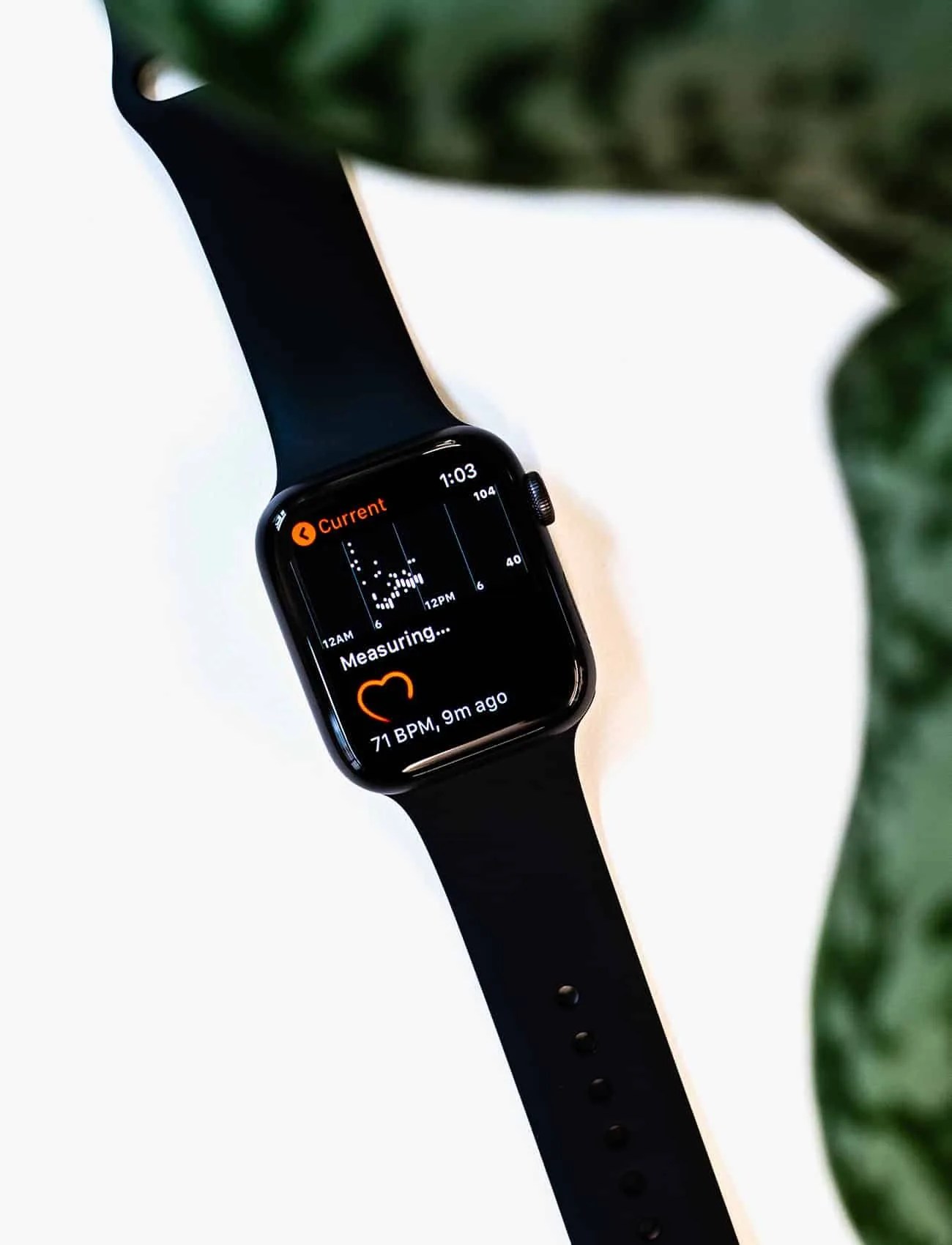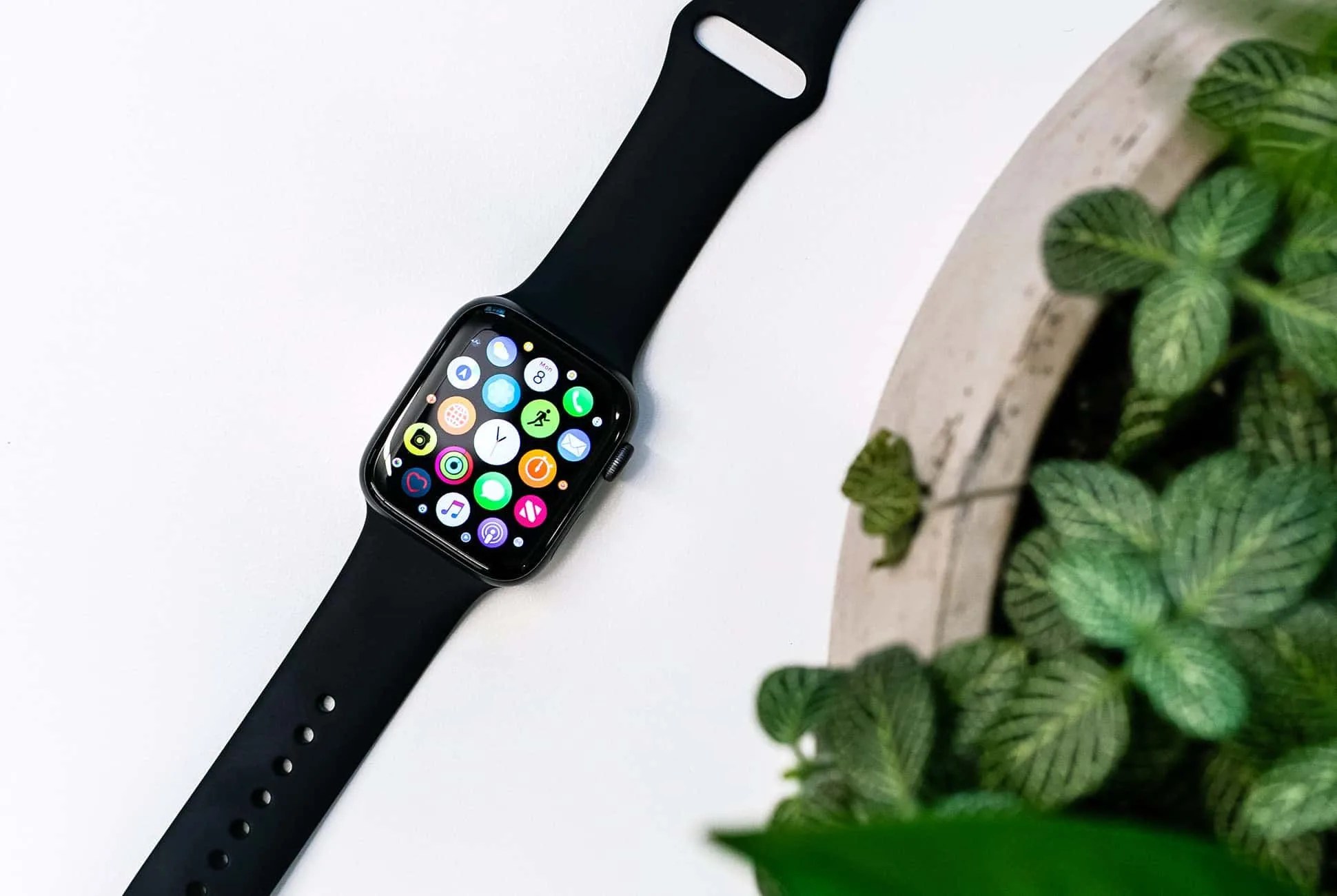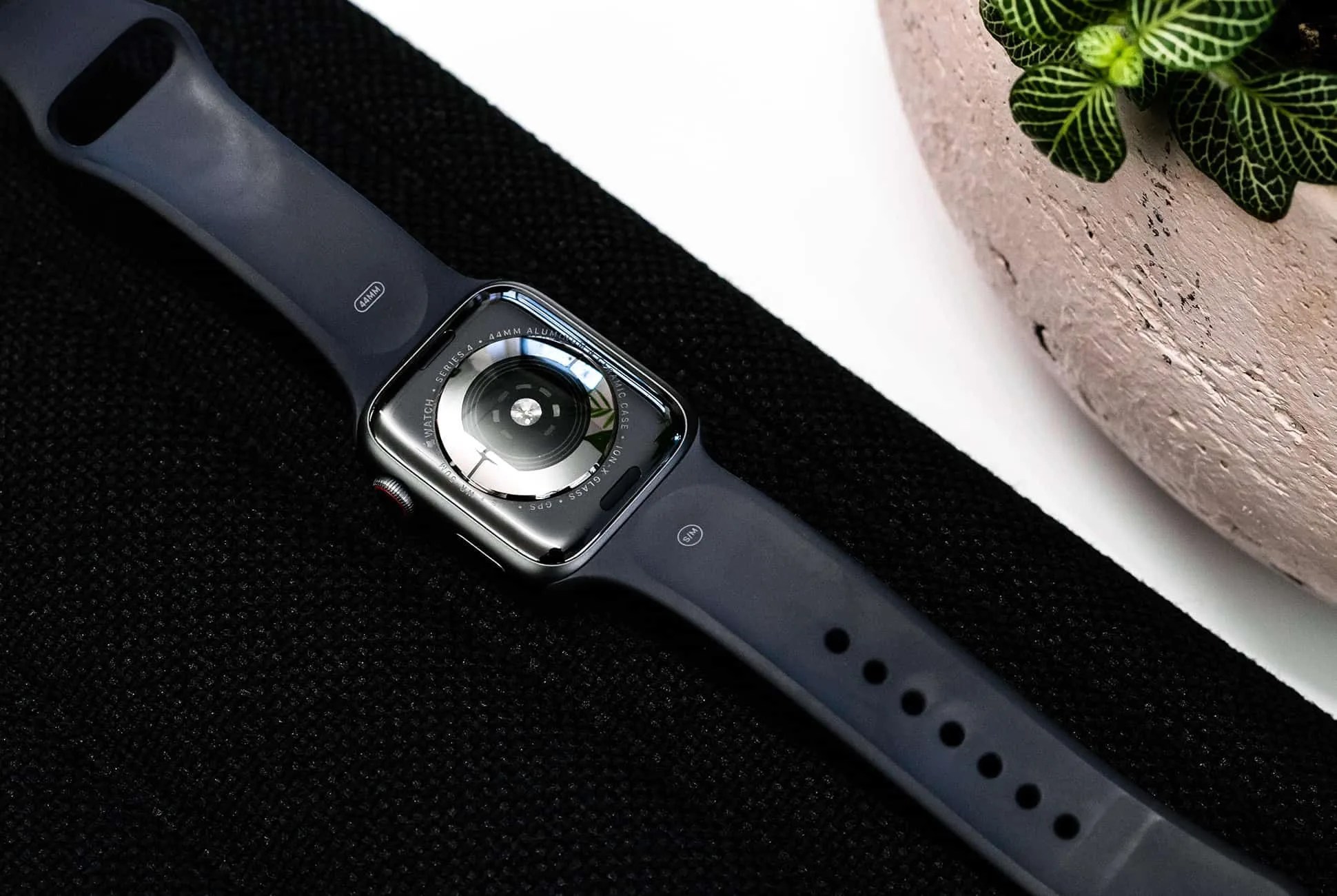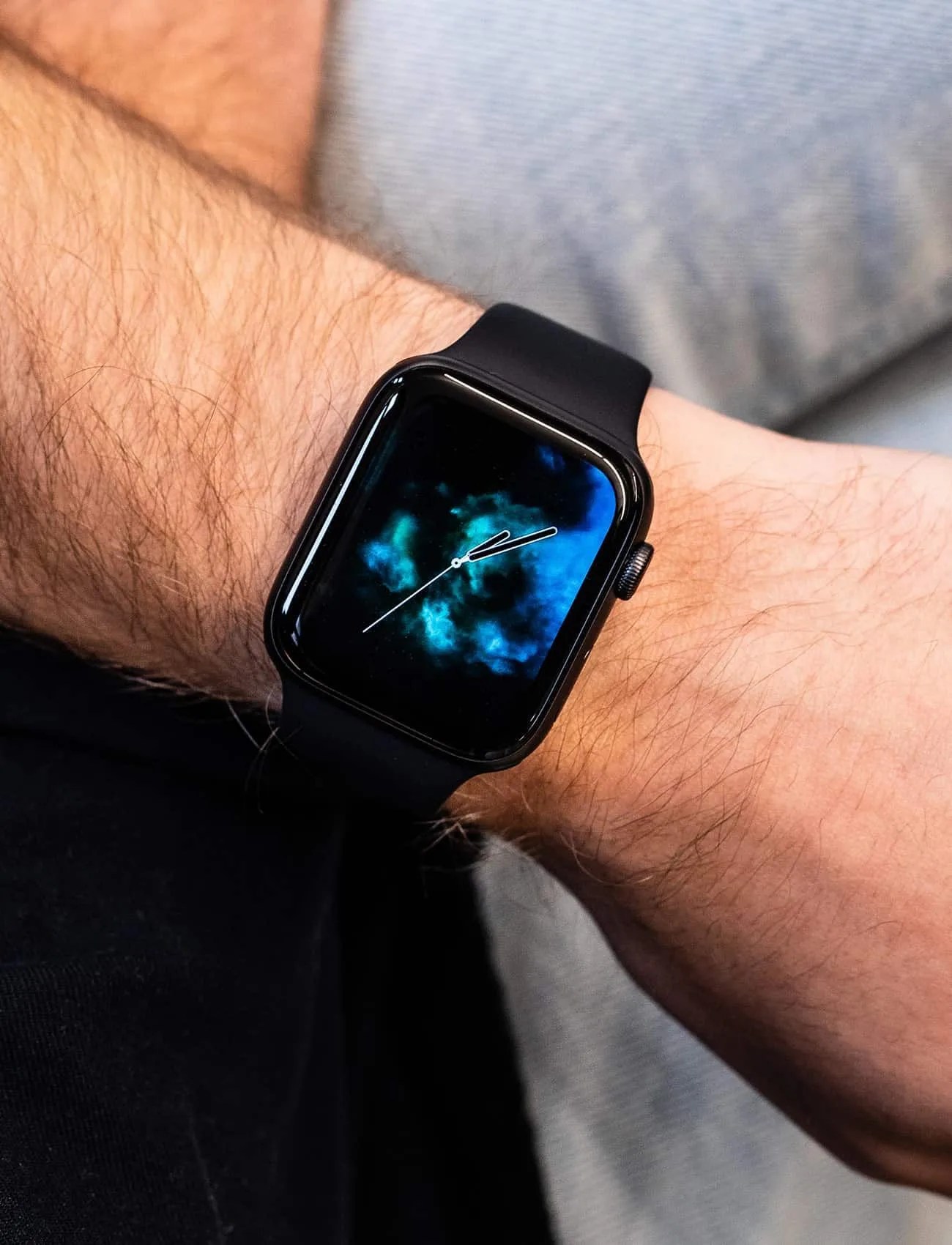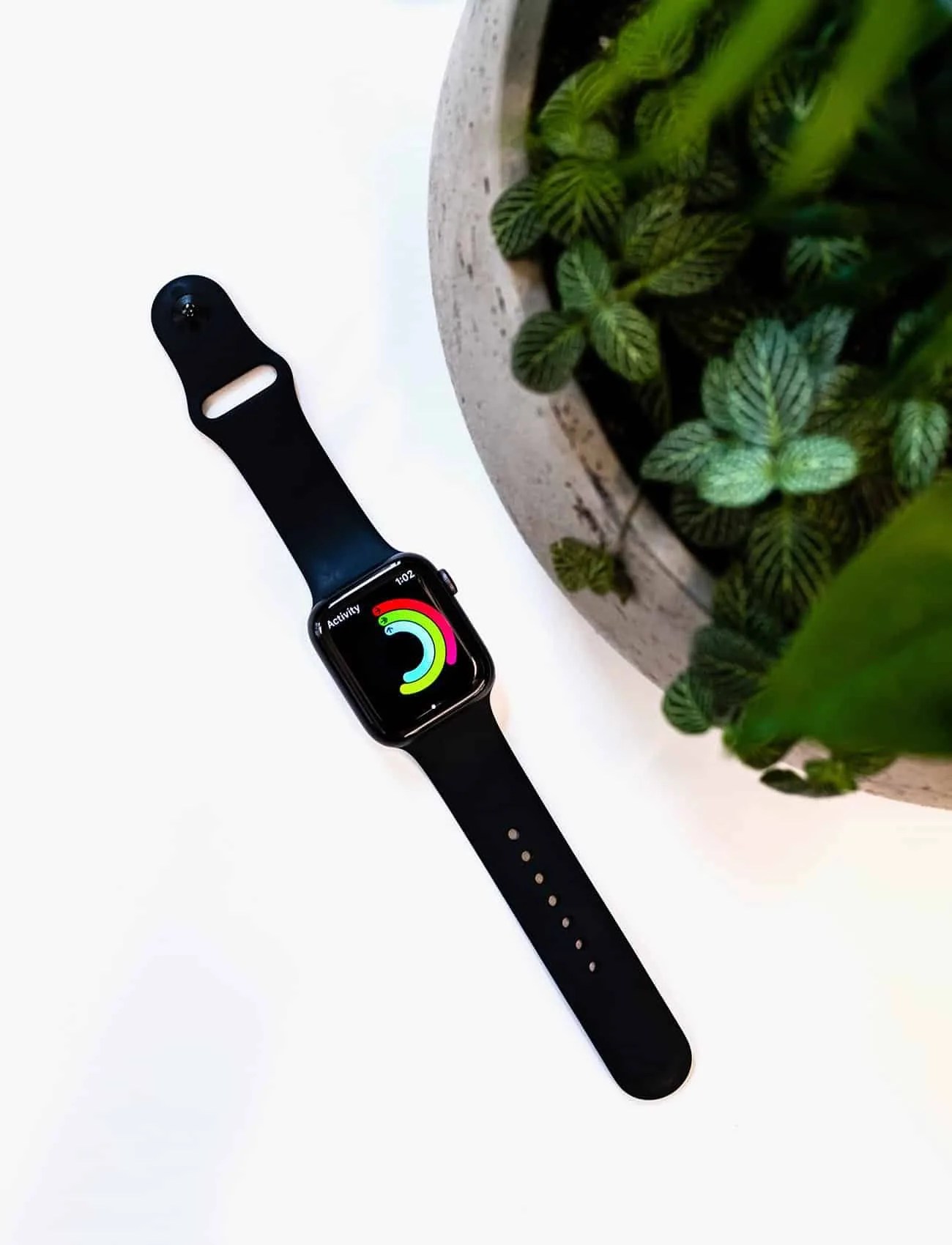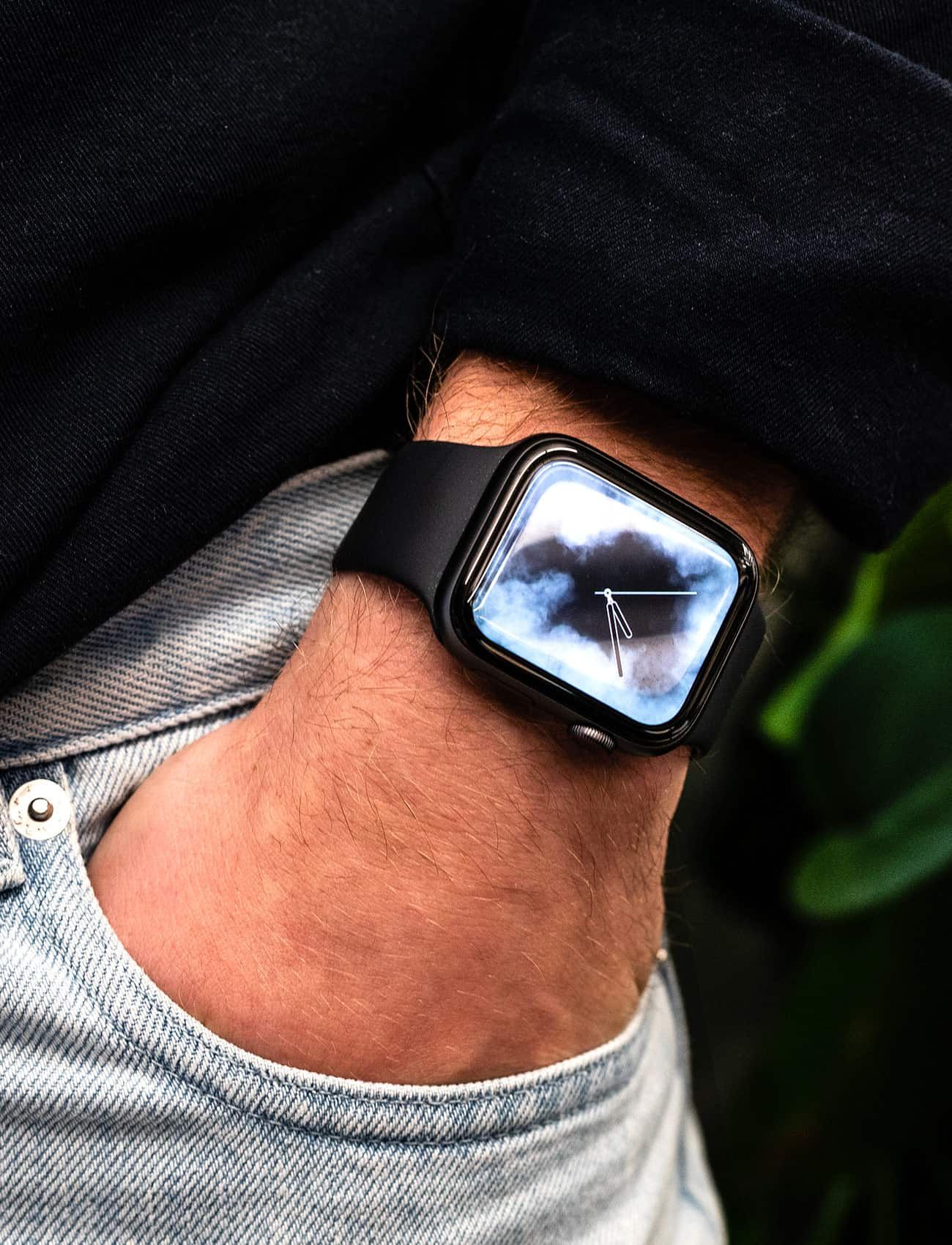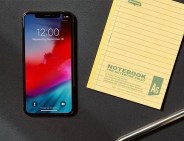3 photos
Last year, the big upgrade Apple made to the Series 3 (now $279+) Apple Watch was the addition of LTE capability. Pay your cellular provider an extra $10-ish each month, and you could use cell data to receive calls, texts and emails, plus, stream Apple Music on your wrist – all without your iPhone nearby. There were other subtle upgrades (it was better fitness tracker and Siri could speak) but the design of the Series 3 was basically the same as the Series 2 (now defunct) and Series 1 before it. That changed with the Series 4 ($399+).
The Series 4 is the first Apple Watch to have a real hardware redesign (although it still has a square look and rounded edges like its predecessors). It has a 30-percent larger, edge-to-edge display. It has a snappy new processor and it comes in two new sizes, 40mm and 44mm, that are both noticeably thinner than the Series 3’s 38mm and 42mm sizes. The speakers, antennas (for cell reception) and fitness sensors have all been improved, too. And the solid red dot that was on the rotating crown of the Series 3, which indicated that it was an LTE model, is now a thin red circle on the Series 4.
There are two other features that make the Series 4 different. First, there’s fall detection. With the improved gyroscope and accelerometer, the Series 4 is able to distinguish between a real fall and a fake one, and if it detects a real fall it’ll ask you if you need help. It can call emergency services or an emergency contact (and it’ll also siren really loud).
The other new feature is that the Series 4 is the first Apple Watch to have an electrical heart sensor (ECG or EKG). Run the ECG app (FDA-approved) and place a finger on the watch’s crown, and Series 4 will be able to measure the electrical charges across your heart and thus will act as a basic test (but won’t replace an actual doctor and electrocardiogram) for potential cardiac problems. In the demo Apple did at its keynote this function looked really nice, but the EKG app and feature won’t be available until a software upcomes later this year (so I wasn’t able to test it.)
